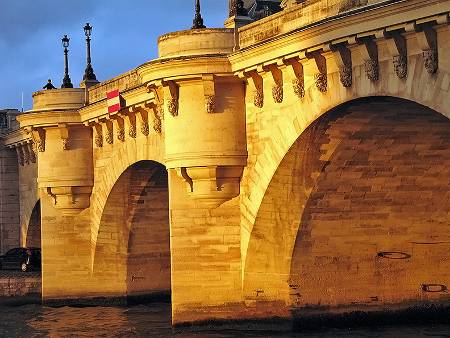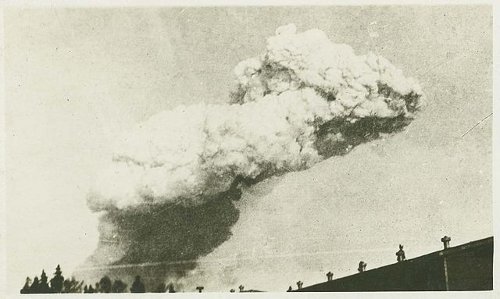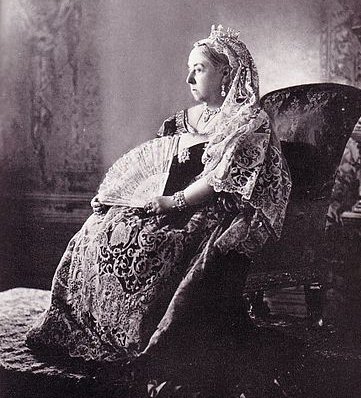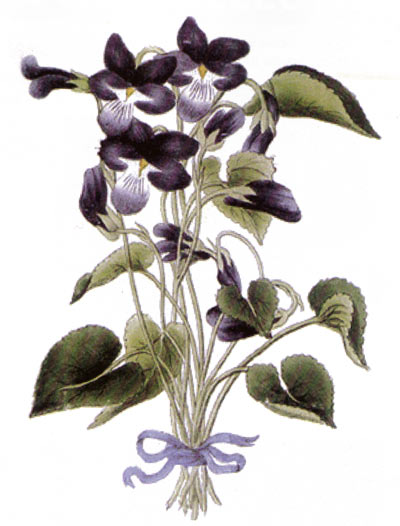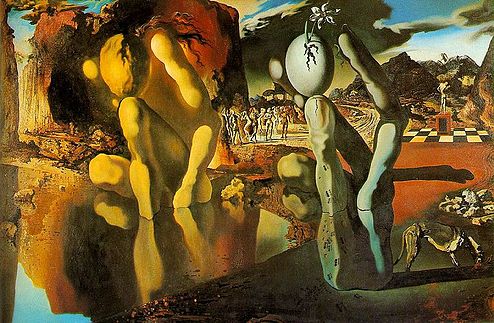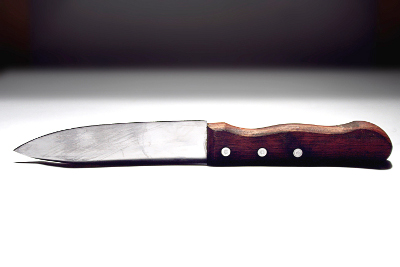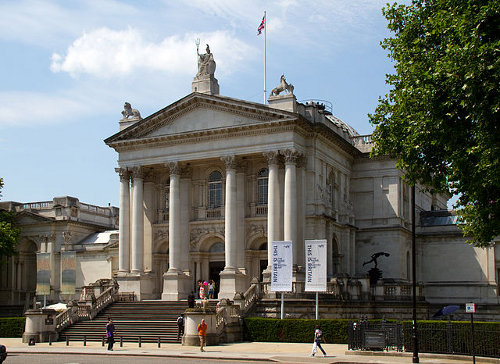The Lord is my Shepherd; my wants are a’ kent; the pasture I lie on is growthie and green.
I follow by the lip o’ the watirs o’ Peace.
He heals and sterklie hauds my saul: and airts me, for his ain name’s sake, in a’ the fit-roads o’ his holiness.
Aye, and though I bude gang throwe the howe whaur the deid-shadows fa’, I’se fear nae skaith nor ill, for that yersel is aye aside me; yere rod and yere cruik they defend me.
My table ye hae plenish’t afore the een o’ my faes; my heid ye hae chrystit wi’ oyle; my cup is teemin fu’!
And certes, tenderness and mercie sal be my fa’ to the end o’ my days; and syne I’se bide i’ the hoose o’ the Lord, for evir and evir mair!
— William Wye Smith, The New Testament in Braid Scots, 1904

